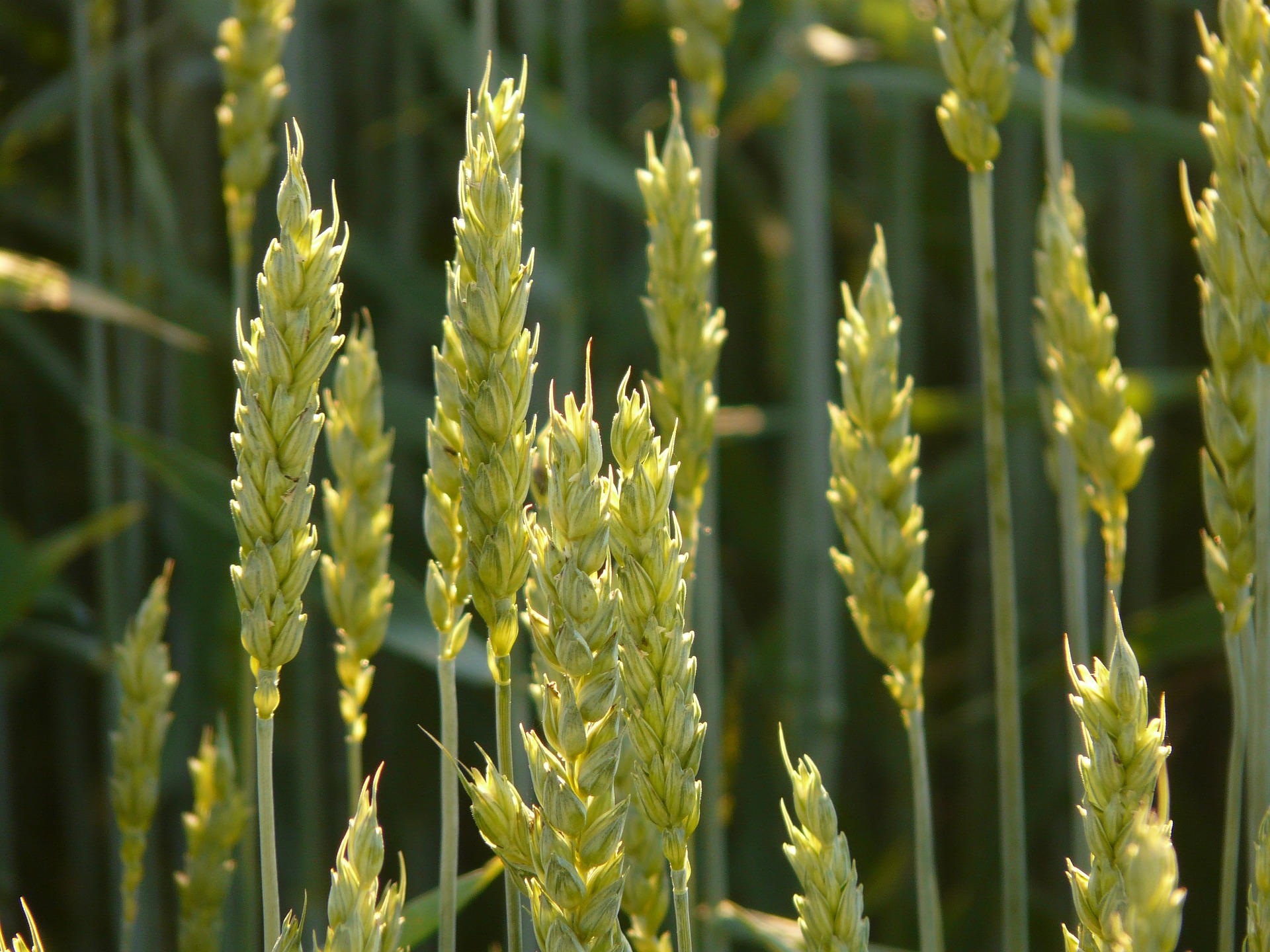In Ethiopia’s Wheat Diversity, the Seeds of a Wheat Rust Solution
With pathogens like Ug99 evolving and adapting quickly, a diverse agricultural gene pool is often the best insurance for the future.
Authors: Kerstin Hoppenhaus & Sibylle Grunze | Published: January 22, 2018
Ethiopia is one of the oldest cultivating regions not only for wheat, but also for other crops like coffee, millet, and barley. Over thousands of years, the environment and farmers have interacted by selecting and breeding in order to adjust old crop varieties to regional conditions. The result is a unique variety of crop variations, and today, Ethiopia is recognized worldwide as a center for genetic diversity.
The Russian botanist Nikolai Vavilov identified these centers as early as 1926. He noticed that in Peru, for example, there were thousands of potato varieties, while South and Central America had many different tomatoes and Central Asia saw a wide variety of carrots.
In Ethiopia, the diversity is in wheat — durum wheat in particular.

